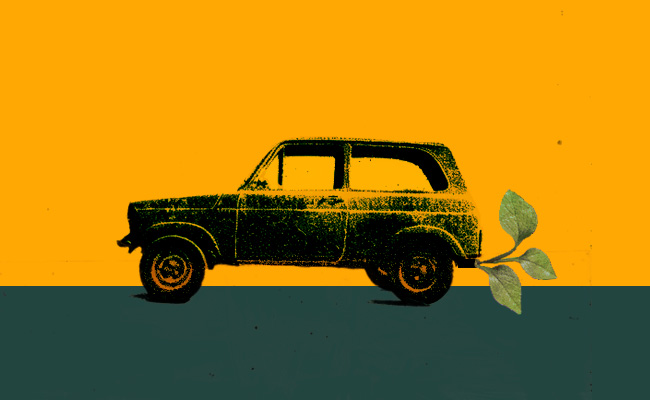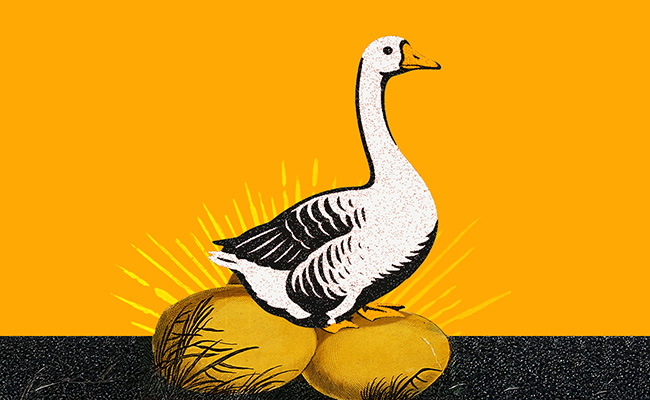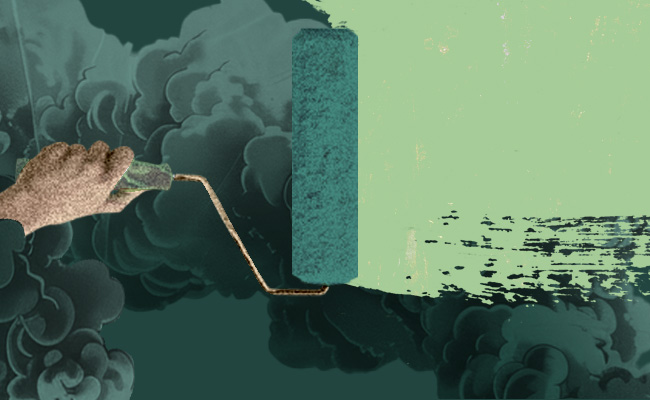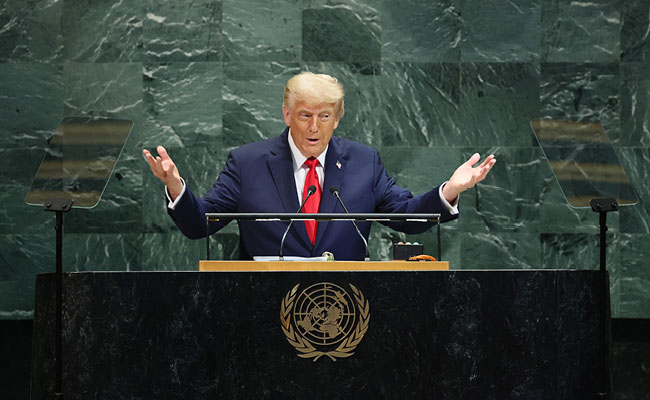South Africa’s automotive industry – one of the country’s biggest employers and a vital export earner – is under mounting pressure to reinvent itself.
The EU’s carbon border adjustment mechanism (CBAM), a new tariff system that puts a price on carbon, has jolted local manufacturers into confronting a stark reality. Without a rapid shift to electric vehicles (EVs) and cleaner production, the country risks losing access to its most lucrative market.
While CBAM does not yet apply to fully assembled vehicles, its principle – that carbon has a cost – is reshaping global trade. The implications for South Africa, where vehicles and components make up more than 12% of exports and employ roughly 110,000 people directly, are existential. At stake is whether the country remains part of Europe’s green supply chain or is sidelined as global carmakers pivot to low-emission production.
“The transition timeline is somewhat dictated by the EU’s 2035 deadline for internal combustion engine sales, but South Africa’s domestic adoption will likely be slower due to cost and infrastructure hurdles,” says Beth Dealtry, a spokesperson for the National Association of Automotive Component and Allied Manufacturers (NAACAM).
Industry leaders argue that CBAM, though daunting, could become a catalyst for new investment and employment. Manufacturers are exploring local EV and battery production to retain market access.
The EU’s carbon border tax, which will initially apply to steel, aluminium and cement imports before expanding to other sectors, reflects a global shift towards pricing emissions. For South Africa’s carmakers, it means that retaining EU market access depends not just on what vehicles they export but on how cleanly these are made.
“New roles are anticipated in battery production, EV assembly, and the development of nationwide charging infrastructure,” Dealtry tells Currency. That shift could offset losses in sub-sectors such as exhaust manufacturing, which will become obsolete as EVs gain ground.
The opportunity is clear: localisation of EV components could attract foreign capital and reduce reliance on imports. Multinationals like BMW, already producing hybrid models in South Africa, are weighing how to integrate the country into their global EV supply chains.
AI and the factory of the future
CBAM compliance is not only about vehicles but also about how they are made. Local plants are adopting AI and smart manufacturing – the digital transformation of factories using tools such as the Internet of Things, sensors, robotics and cloud computing – to cut emissions, boost efficiency and stay competitive.
“CBAM is pushing manufacturers to invest in these very technologies to remain competitive,” says Gideon Smith of S4 Automation. He points to applications such as predictive maintenance, which can reduce downtime by 40%, and digital twins (virtual models of production lines that simulate and test changes before applying them in real life) that can save up to 15% in energy use.
According to a 2024 study by Naamsa – the Automotive Business Council – 60% of South African producers are prioritising decarbonisation projects. However, high costs remain a barrier for smaller firms.
Policymakers say they are not blind to the risks. At the recent NAACAM show in Gqeberha, minister of trade, industry and competition Parks Tau laid out the state’s roadmap built on “digitisation, decarbonisation and diversification”.
The plan includes curricula with local universities to train EV skills, pilot projects on green steel and solar-powered plants, and incentives to scale new products such as e-axles.
“The historical lead in catalytic converter exports is declining,” Tau said. “The future lies in tapping into new technologies and markets under the African Continental Free Trade Agreement”, a pact between states to create a single market for goods and services.
The government has already tabled an EV white paper and the South African automotive masterplan 2035, but industry leaders say execution is what matters.
Stimulating demand
The transition will be fraught. South Africa’s charging network remains sparse outside major cities, and EVs themselves are still unaffordable for most households.
“Rolling out fast chargers every 150km-200km may be a shortsighted waste of money without first addressing the primary barrier: the high cost of EVs themselves,” argues Martin McLaren of the Electric Vehicle Association of South Africa. He favours financial incentives like lower interest rates to stimulate demand before investing heavily in infrastructure.
Manufacturers also face the enormous expense of retooling. Retrofitting traditional internal-combustion plants to handle batteries and electric drivetrains requires new layouts, sensitive equipment and worker retraining. “This retooling process is highly capital-intensive,” S4 Automation’s Smith says. “While government incentives are emerging, cautious manufacturers are hesitant to fully commit without stronger domestic demand.”
However, Yanesh Naidoo, co-founder of Jendamark Automation, cautions against chasing the idea of “green manufacturing” for its own sake. Speaking to Currency, he argues that the priority should be making production systems more efficient.
“We shouldn’t be making an effort in creating policies to create green manufacturing,” Naidoo says. “We should mainly focus on making efficient manufacturing and making the ecosystem around manufacturing as efficient and effective as possible. Trying to create new policies would create additional resistance. No other factories anywhere in the world have fully achieved the status of a green manufacturing situation. It doesn’t exist and I don’t think we should be wasting time to achieve that.”
He adds that the use of AI in factories remains limited, with the technology still too immature to have a material impact. “This is not a case specific to South Africa, it’s a general case around the world. People still use simple technology to measure and optimise costs within factories. The drive is certainly not carbon footprint but more about saving money.”
Naidoo sees the biggest challenge in securing core EV components. “We don’t have the technology and financial capacity to develop batteries for EVs,” he says. “Batteries are mostly developed in the East in huge volumes, therefore it will be difficult for South Africa to compete with the East countries.”
Leveraging South Africa’s minerals
South Africa’s natural endowment of critical minerals such as manganese, lithium and platinum gives it a potential edge in the global EV race. The challenge is moving beyond raw exports to local beneficiation, ensuring value is added at home.
Foreign partnerships are key. Chinese battery-makers and European automakers are already eyeing the country as a potential hub. “Multinationals with global transition strategies must be persuaded to pivot their South African operations,” NAACAM’s Dealtry says.
Despite the opportunities, too few manufacturers are moving fast enough. Amith Singh of Nedbank Commercial Banking warns that “only one in three manufacturers is preparing for CBAM”.
Load-shedding, congested ports and a weak economy compound the risk of falling behind.
“Getting carbon ready is something within our control,” says Singh. “Start now rather than waiting for a perfect solution.”
Top image: Rawpixel/Currency collage.
Sign up to Currency’s weekly newsletters to receive your own bulletin of weekday news and weekend treats. Register here.














